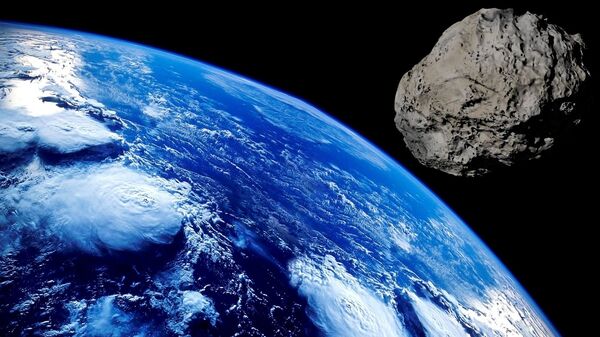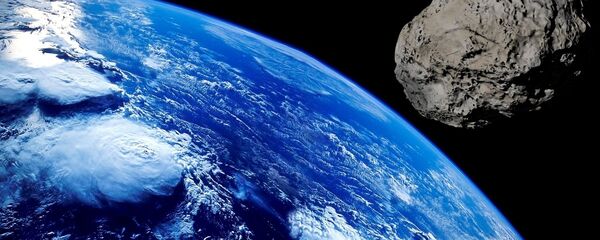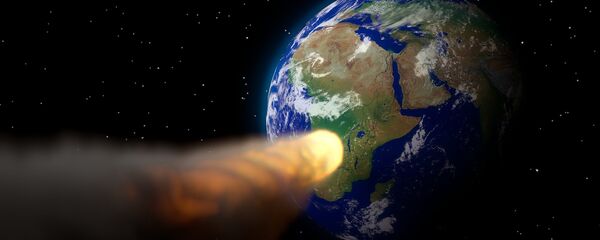An asteroid known as 2006QV89 has a small chance of striking Earth, according to a recent Risk List update by the ESA.
ESA astronomers say the asteroid could strike our planet on 9 September, with the chance of this happening estimated to be about 1 in 7,299. According to the ESA, if its present course continues, the asteroid will pass some 6.85 million km from Earth. NASA classifies 'potentially hazardous asteroids' as those approaching to within about 7.5 million km of our planet, and those whose diameter reaches 460 feet.
The asteroid is fourth in the ESA's Risk List, with asteroid 2010RF12, a smaller 9 meter-diameter object having the highest estimated risk of striking Earth, listed as 1 in 16. That asteroid will make its next close pass near the planet in 2095.
The ESA organises near-Earth objects according to the Palermo Scale, with objects with a figure of less than —2 deemed to indicate no likely consequences for the planet or its inhabitants. On this scale, 2006QV89 has a strike risk of —3.63. 2010RF12, meanwhile, has a risk of —3.26.
Scientists and engineers from around the world, including NASA and the Russian Academy of Sciences, have been working on a number of programs to detect space hazards, prepare for possible strikes, and even create space-based systems to alter deadly asteroids' paths before impact.
A century earlier, in June 1908, a massive explosion was reported in eastern Siberia, with about 2,220 square km of local forest leveled by a mysterious source later revealed to be an air burst caused by a comet or meteorite. That event was said to have had the equivalent force of the explosion of 10-15 megatons of TNT.



